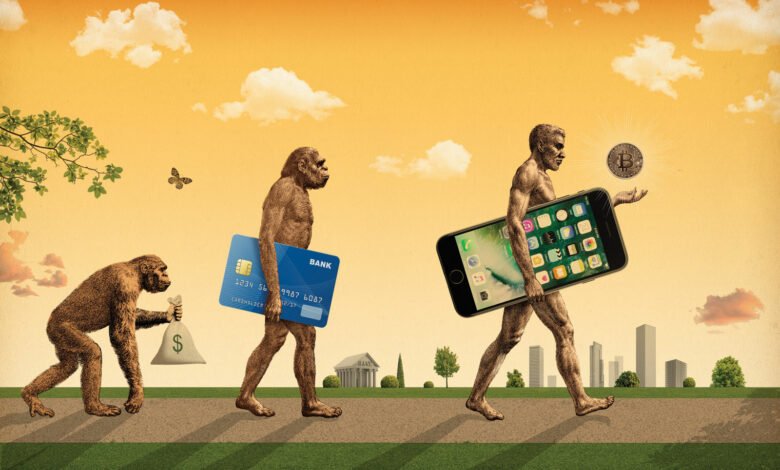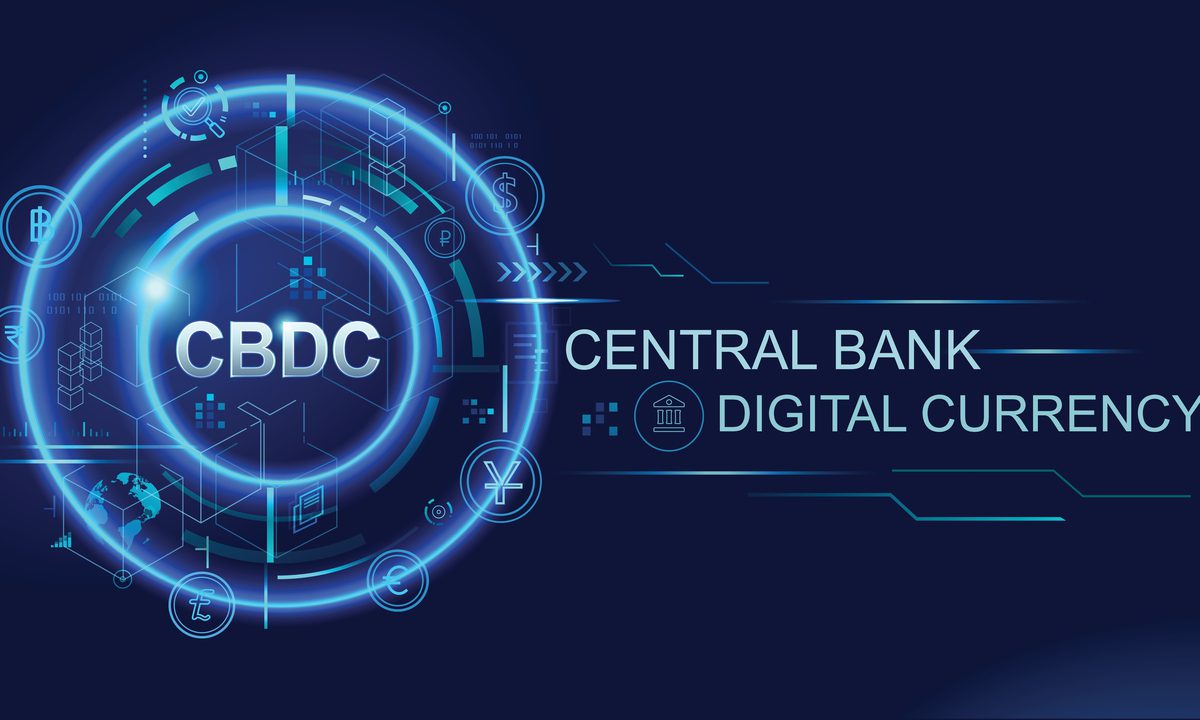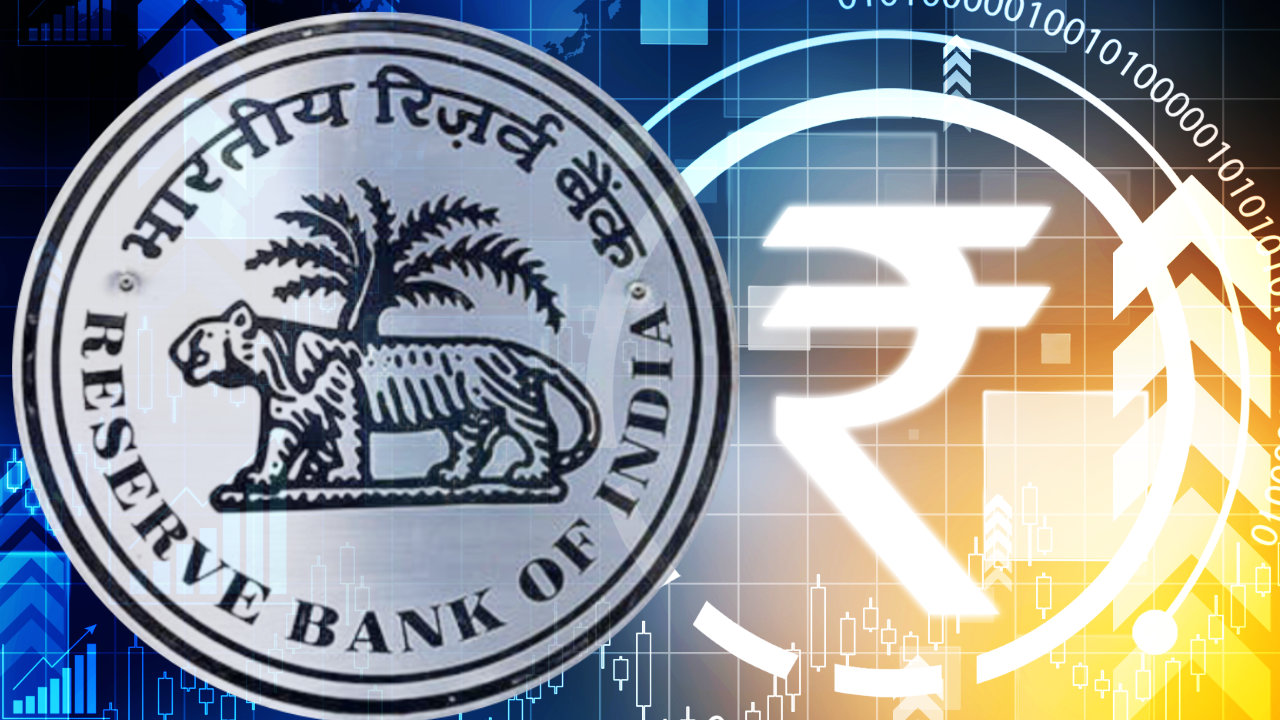Digital money: Is it the Boom for the future?

Digital money: Is it the Boom for the future?
Digital and financial innovations have given rise to cryptocurrency. Transparency can be improved, and costs can be reduced, but national currencies cannot be eliminated. This article discusses the opportunities, the challenges and the uncertainties.
According to the Digital Revolution, the Future of Money: Transforming Currencies and Finance.
During his 19th century career, Jevons tested the quality of precious metals in a Sydney mint before moving to London. Sending money to his father, Jevons wrote as follows in 1855:
Sadly, I must admit that I have not found much satisfaction in the money other than sending it home. Whatever position £100 is in, I find it very annoying on my mind, so I shall be delighted to have it off my hands and in yours.
Throughout Money and the Mechanism of Exchange, Jevons explained the functions of money as a unit of account, a store of value, and a medium of exchange. Eswar Prasad uses Jevons’s framework of the three functions of money, which he describes in his new book, to evaluate crypto assets.
The crypto-mania

Money is now undergoing a third major transformation following the paper currency of the eighth century and the fiat currency of the thirteenth century. Private parties combine digital technology and cryptography to create cryptocurrencies, virtual currencies, or bitcoins.
A stable coin is a cryptocurrency whose value is determined by a basket of currencies. Crypto assets are referred to collectively by central banks as stablecoins.
With the fintech revolution coming, financial inclusion will improve, government payments and receipts will be easier, and transfer fees will be cheaper. Fintech allows banks to unbundle their different functions and reassemble them into new products. New products present challenges to the stability of the financial system. Money is being made more efficient through the use of cryptos, a product of the fintech revolution.
The phenomenal growth in cryptos has been fueled by the popularity of Bitcoin, introduced in 2009. A year ago, there were less than 100 cryptocurrencies (when this author served on the first internal Reserve Bank of India group on virtual currencies); recently, there were over 10,000.
Anonymity, low costs, high security, and ease of transaction are some of their benefits. A real-time, transparent, verifiable, and immutable transaction system is implemented. Ownership and exchange can be facilitated without the intervention of a trusted institution such as a central bank or government. Furthermore, blockchains reduce the risk of fraud.
Cryptos are unstable, making them poor performers in all three functions of money.
In Prasad’s view, cryptos’ greatest weakness is volatility. In 2021, Bitcoin’s value ranged between $18,279 and $67,582, down from $800 five years ago. Cryptocurrency is a poor performer in all three functions of money due to its volatility. The first consequence is that such volatility hinders their role as a store of value, and they also fail to function as a medium of exchange due to slow validation.
Compared to digital payment gateways, Bitcoin processes about seven transactions per second. Three, cryptos do not offer any advantages over reserve currencies as a unit of account. To some extent, stablecoins deal with these problems.
Cryptography also has other shortcomings. Cyberattacks remain a threat. As transactions intersect with financial institutions for exchange, governments may be able to use cryptos for surveillance, and anonymity remains a chimaera. A digital wallet can be locked, or the private key can be lost when payments are sent to the wrong address.
Additionally, cryptocurrency harms the environment. Compared to 150 countries, Bitcoin mining consumes more electricity than they do in a year. Cryptocurrencies and the black market are other important concerns. Cryptos have a larger share of shady transactions than dollars.
Consequently, they are popular with countries that want to circumvent U.S. sanctions and global rules. “Bitcoin’s either a libertarian dream or a crook’s dream,” says Prasad. Although there are some negative aspects, the underlying distributed ledger technology (DLT) will permanently alter the way money works.
Concerns regarding the central bank
What will happen to central banks and official currency if cryptocurrencies become ubiquitous? Cryptographic technologies have yet to have an impact on the transmission of monetary policy.
It would make managing the economy more difficult, however, since the advent of Bitcoin mining would bring about an activity unrelated to economics, such as the use of electricity (which would be used for Bitcoin mining).
Various other issues are also involved, such as privacy, money laundering, consumer protection, monetary policy, and foreign exchange risk.
Capital flows through unregulated channels could be less controlled by crypto that is globally accepted. Central banks could be less able to control the spillover effects of their policies if crypto is accepted globally.
As a result, emerging market economies (EMEs) could face exchange rate volatility and dollarisation. For their functions as a store of value and a medium of exchange, cryptocurrencies could compete with local currencies of weaker EMEs.
National responses
Bitcoin was described as a combination of a bubble, a Ponzi scheme, and a disaster by Augustin Carstens of the Bank for International Settlements (BIS). Former Bank of England Governor Mark Carney has said that cryptos exhibit classic bubble characteristics.
National policies have ranged from being benign to outright ban crypto, with a gradual tightening as the effectiveness of crypto’s three functions improves. Facebook’s announcement of a stable coin in 2019 shook central banks into action leveraging three billion users.
Initially, some suggested a ban, but others have opted for regulation. A nonproductive activity that causes more harm than good cannot be regulated because no one has the authority or resources to do so. Currency and finance regulation can be seen as a part of the ban. Another way to respond is to introduce Central Bank Digital Currencies (CBDC).
Central Bank Digital Currency

Before governments can legitimize a crypto ban, they must propose low cost, secure, convenient, and resilient alternatives. The CBDC could serve this purpose.
CBDCs offer other benefits, such as reducing cash dependency, increasing transactional efficiency, providing a backstop for private payment systems, and combating financial crime. Because the central bank would pay the cost out of seigniorage, it would be cheaper. The digital trail maintained by CBDC makes it difficult for tax evasion, corruption, and money laundering to take place. However, experience shows that only criminal behaviour is impacted.
Blockchains and CBDCs may be myths, despite claims that they can help with financial inclusion.
According to Prasad, CBDCs have the ability to facilitate monetary policy through monetary policy and to act as lenders of last resort. The first suggestion he makes is reducing an account holder’s CBDC balance periodically at predetermined rates, which can be easily applied to a negative interest rate.
In contrast, the account holder has the option of withdrawing the balance or converting the CBDC into cash (known as ‘flight to cash’), rather than letting the money sit in a CBDC and leading to periodic losses. Additionally, Prasad suggests that CBDCs can facilitate direct credit in times of distress, essentially taking the form of a digital helicopter loan.
Transfers to existing accounts were done during the pandemic in India. CBDC accounts will be available to all households in need, and transfers will be equitable. Nevertheless, they may only be beneficial to those who are able to open such accounts. Cryptos and CBDCs have likewise been portrayed as aiding financial inclusion, which may turn out to be a myth.
Critique
It has been argued that banking instability could be worsened by a “flight to CBDC” during times of stress. Specifically, if CBDC is a digital equivalent of cash, then flight to CBDC is just another way to say the conversion of bank deposits into cash or flight to CBDC. Further, when modifications to CBDC are restricted, as done in the past, through bank-specific moratoriums or system-wide bank holidays, this weakens the argument that CBDCs increase instability under stress.
Another criticism is that central banks should not imitate private cryptos by introducing CBDCs. A CBDC’s technical weaknesses could erode public confidence and trust. In addition, central banks will have to deal with KYC compliance issues if they provide direct access to the public through the CBDC. Indian retailers are increasingly using digital payment methods. As such, CBDC hasn’t provided any insight as to what more value it can add.
In EMEs, CBDC might have a hard time succeeding because of the relatively lower credibility of central banks, the existence of a large informal sector, low technology levels, and limited financial literacy.
CBDCs and EMEs

Wholesale CBDCs, which are inter-institutional, or retail CBDCs, may exist. For the institutions with accounts with the central bank of India, most prominent and state governments and banks, wholesale transactions are already digital. Wholesale transactions could be made more secure and efficient with the help of a CBDC that uses distributed ledger technology. It would be easier and cheaper to receive and pay government payments without banks.
Money is a cultural and demographic phenomenon. Switzerland and Japan have high cash usage rates. There are a number of reasons for this in Japan, including an ageing population, a desire for privacy, a low crime rate, and because they have grown accustomed to cash. Norway is the complete opposite, with some hotels not accepting cash. Turning people away from cash marginalizes them.
Whenever the law is amended to make CBDC obligatory, it should require the receipt of cash and coins, just as in the United States. Aside from prohibiting non-licensed entities from using words such as ‘bank’, ‘banker’, and ‘banking,’ the use of currency and coin in regards to any of the three primary functions of money should also be prohibited.
Central bank independence may be compromised if a CBDC is viewed as a government tool for implementing economic and social policies.
CBDC features such as safety and privacy are more valuable to people than CBDC features such as privacy. Even though the government is not obliged to guarantee privacy, some information (such as who is transacting) should be combined with transaction information (such as the type and amount of transactions). The concept of varying levels of privacy can be viewed as having low balances and lower transaction limits associated with higher levels of confidentiality.
It could undermine central bank independence if the perception of CBDCs is that they are government tools for implementing economic and social policies. Thus, central banks should issue CBDCs through an intermediary.
CBDCs are introduced in EMEs with a strategy that balances the unforeseen and unhedged risks of being too early with the costs of being too late. The success of central banks can be attributed to their reputation and sound economic policies, so when they take the initiative, the EMEs benefit.
It is possible for CBDCs to improve payment system efficiency and financial inclusion even without central bank independence and sound economic policies. According to Prasad, the CBDC should initially be linked to a reserve currency to manage the transition. To promote innovation and financial stability, he recommends that EMEs adopt a collective and coordinated approach regionally.
Lessons learned and current status.
As Prasad rightly points out in his book The Future of Money, CBDCs can’t pretend to overcome weaknesses in central bank credibility to maintain credibility and success. Several small countries have already implemented CBDC.
Several new features/functionalities have been added to China’s e-CNY as a digital replacement for cash. Several major central banks, including those in the U.S. and Australia, are planning and piloting CBDCs at various stages of development. Based on their experiences, Prasad draws several conclusions.
As a starting point, a successful digital payment system must have the following qualities: security, resilience, low latency, and high throughput. Security and integrity are related to technology.
By comparison, throughput refers to the amount of volume handled and latency to the time it takes to validate and settle. Bitcoin, for example, has a low throughput because of a decentralized consensus. It is unlikely that CBDC can be decentralized, even if it was on the blockchain.
Additionally, CBDCs’ balances are capped in the Bahamas, which limits flight. A negative interest rate can also be announced in advance to achieve this result.
A balance should be struck between legitimate privacy and auditability in technology. Anonymity is not guaranteed by central banks, which are not under any obligation to do so for large value transactions, including those made in India. No matter what, central banks should avoid the use of private cryptos while providing anonymity.
Impact on the dollar and cash

In some countries, refusals to deal with cash are prohibited irrespective of why cash is exciting. According to Prasad, cash is a fundamental human right. Continuous use of cash is essential to ensure digital equivalents do not cause overspending. The public must be encouraged to be thrifty. To eliminate financial exclusion, cash is also required. Therefore, the answer is cash and digital, not ‘cash or digital’.
In 1971, the U.S. dollar lost its convertibility into gold, but its dominance in global finance didn’t end. In turn, the U.S. enjoys the ‘exorbitant privilege’ of being the global currency of choice for all aspects of money, enabling them to borrow cheaply, fund their current account deficits, and maintain global hegemony. Even without convertibility, the dollar’s dominance has only grown. Cryptocurrencies do not seem as likely to succeed as the Euro or the Renminbi, says Prasad.
Nevertheless, this currency’s continued dominance as a medium of exchange could be affected by competition, changes in cross-border payments, and abuse of its dominance by global political authorities. As international comparisons of prices require an anchor currency, dislodging the dollar’s unit of account functions would take time.
According to Prasad, cash is a matter of freedom, liberty, and the answer is “cash and digital”.
A robust existing reserve currency with liquidity and depth in the markets must serve as the store of value. Furthermore, the rule of law, checks and balances, and a trusted central bank are necessary components. There will not be a significant challenge to the dollar’s position, argues Benoît Couré, director of BIS’ Innovation Hub.
CBDC in India

In light of the announcement of a digital rupee in the Union Budget for 2022-23, discussions are underway regarding the design of a CBDC. Most large value payments are now made digitally., and the retail sector has been gaining ground on digitalization. Consequently, it is not clear whether a CBDC is justified or that its benefits will outweigh its risks and costs.
Government backing and central bank oversight provide no substitute for the trust implicit in digital trails.
In support of a CBDC, an argument is put forward that currency printing costs and logistics will be reduced. Since these costs are mostly fixed, a decline in cash won’t reduce them proportionally. Such arguments disregard the significant investment required to maintain and upgrade CBDC’s infrastructure.
The course correction process is too risky and expensive, if not impossible, due to design choices. Many big central banks remain in a learning process. Although the US FED (2022) is searching for answers, it would be prudent to reap the benefits of leapfrogging. In the words of the Pope, why enter where angels fear to walk.
Conclusions

Digital and financial technologies converged to form cryptography. Speed, transparency, and cost reduction can be achieved using these technologies, but multiple currencies and exchange rate risks cannot be eliminated. Credibility and acceptance of a currency are dependent on trust, especially as a medium of exchange and a store of value.
It is impossible to replace the confidence implied by government backing and central bank oversight with digital trials. Currency can be issued almost at will by central banks, making its supply elastic and its use as a medium of exchange natural.
According to Prasad, a separate function of money will be separated from the role of central bank currencies as stores of value. As entry barriers become lower, CBDCs will be challenged by private issuers of crypto to perform the medium of exchange function. Those taking advantage of network benefits will gain an advantage. As a medium of exchange, the dollar may struggle to maintain its position as the dominant global store of value.




